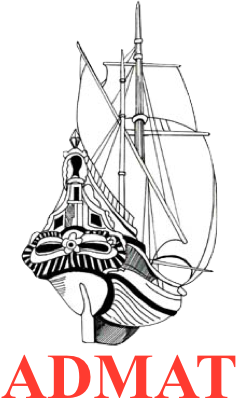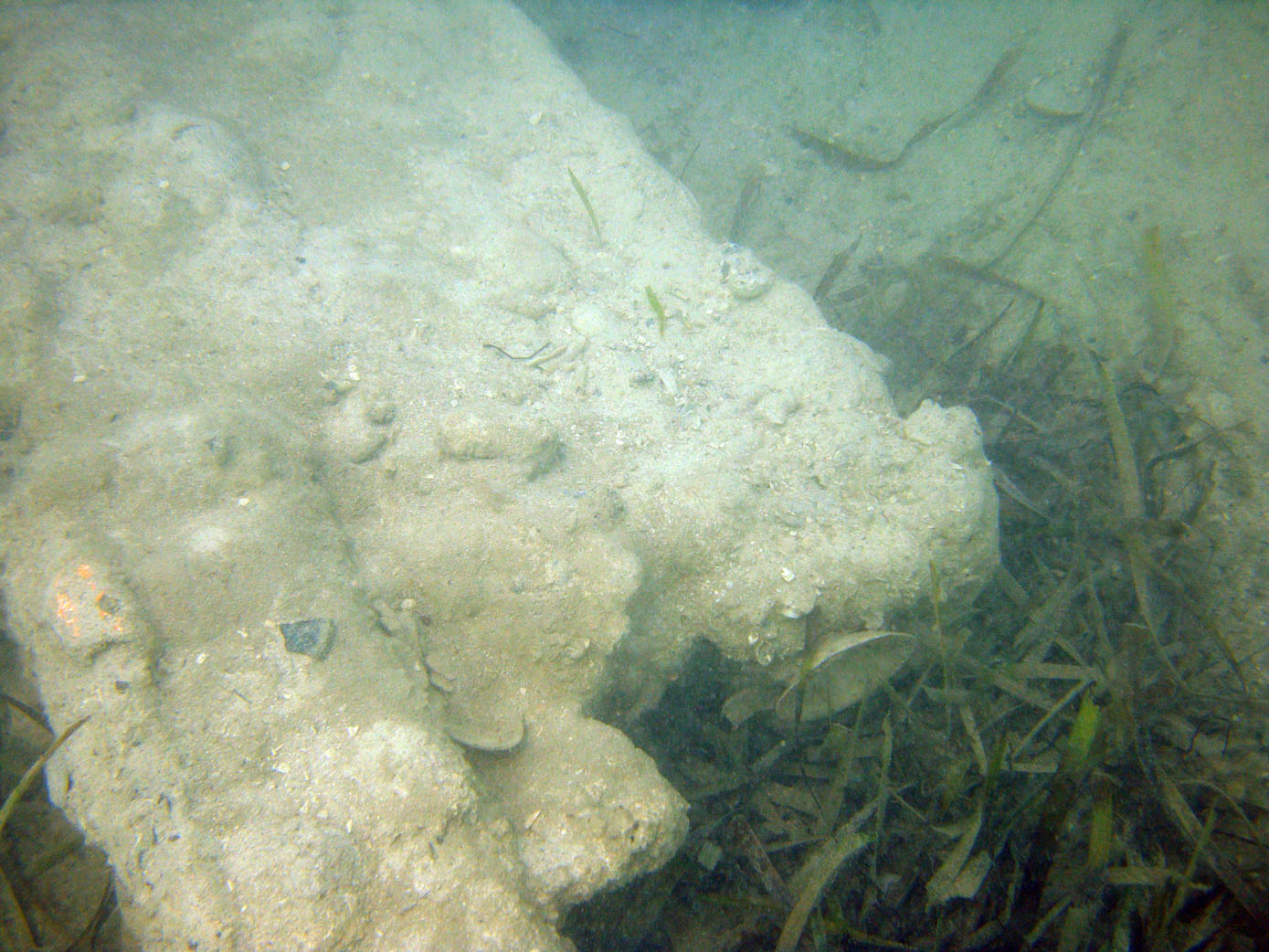Well, my thanks go to Connor for doing the diving blog so far and now that he has departed for the other side of the world, I have to take up where he left off. No guarantee it shall be so eloquent. The new Team had arrived and they were quickly brought up to speed on the wreck site and what had been learnt so far. It was also great to have PhD student Florence Prudhomme with us. She is finalising her thesis on Le Dragon and the epic history of the ship and the Captain and was following on from my hypothesis on the wreck, which I published in my PhD thesis back in 2004. This was her first dive on the wreck site so she was really excited.
Team two getting ready for their first dive on Le Dragon
As usual, we had to adapt to the constant changing wreck site and the difficulties that we faced. One of them was the fine mud silt which was deposited over the centuries from a small stream running down to the beach. This was intertwined with sand from the sea meaning that as we hand fanned or tried to uncover anything clouds of silt would be created. This created poor photographic conditions much to our annoyance.
Today we started to uncover two parallel gradiometer hits which seemed to be equidistant from the keel. We also were thankful for the storm which had uncovered about 7ft of vertical coverage over the wreck site, which unfortunately had been deposited on the bow area. This meant that after three days of uncovering we still did not get to the bow or the figurehead and so I decided that we would relocate to the stern section where we had established an archaeological grid and were slowly documenting items which were protruding from the seabed and in an uncovered state. In fact, if it was not for the storm uncovering the site we would have had a hard time to get down to this level.
The port side was visible as well as the sandbags and grid from the 2000 survey. The starboard side which had not been seen before was also now exposed making documentation easier. As to the area around the stern of the ship, this area had also been uncovered leaving a number of gradiometer hits to be discovered. These turned out to be iron ballast bars, sometimes known as “kentledge” and came from strips known as pigs, so they were also called “pig iron”.
One of the small iron ballast bars which scatter the wreck site
There were two sizes small and long and both had holes in them at either end, used for lifting and positioning in tight spaces at the bottom of the ship. So today we started defining these artefacts which were numerous as well as the two parallel large hits.
The rear end of the long sections of iron ballast on the amidships starboard side
These turned out to be different sizes of ballast bars joined together and it appears there may well be a mixture of small and long bars concreted together and some even longer. We did not have time to uncover all of the long parallel bars just the starboard side. We still do not know how far they run to but it appears that they continue to the amidships break. However, it was interesting that the ship had a mixture of iron ballast bars and stone ballast.
Bryan Thomas and Florence Prudhomme after four hours underwater on Le Dragon
Tomorrow we aim to finish uncovering these long parallel iron bars.





